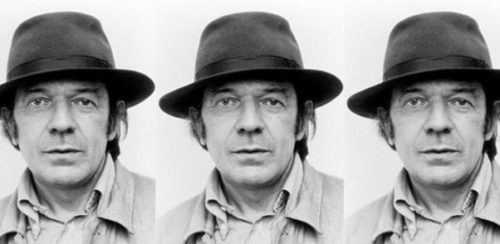In Being and Time (1927) Heidegger says that he wrote the book in order to “reawaken the question of the meaning of Being.” It’s important to pay attention to all the words in this phrase.
Heidegger’s question is not the one that Leibniz asked, namely “Why is there something rather than nothing?” That question asks for an explanation – a cause, a sufficient reason – of the fact that anything exists at all. Heidegger, on the other hand, wants to know what it means to say that something exists. Or rather, he wants to ask what it means. That implies that the meaning of Being is not well-understood, which, Heidegger thinks, is significant in ways we don’t sufficiently appreciate.
Asking “What is the meaning of Being?” is paradoxical in that the use of the word “is” in the sentence implies that the meaning of Being is already known. The meaning of a sentence such as “The scarf is blue,” for example, seems clear enough.
That isn’t to say that “is” is completely unambiguous. According to logicians, “is” as used in the sentence above is just one of four ordinary uses of the verb “to be”: predication (as in the sentence), identity, subsumption, and existence. Logicians use different symbols for each sense of “is” to remove the ambiguity, but in ordinary communication it is usually clear which sense is intended – if not from the sentence, then from the context.
Heidegger argues that each of the four senses derives from a more fundamental sense, although that sense has receded so deeply into the background that we’re not fully aware of it. Being, Heidegger says, means that something is present to to us in a way that makes sense. In Heidegger’s various formulations, it has been “uncovered,” “unconcealed,” “disclosed,” “granted,” or “bestowed.” To put it differently, Being is that which reveals. In Being and Time, that which reveals is our comportment – the “understanding of (the meaning of) Being” that’s embodied in our ability to differentially respond to the various entities in the world. For the later Heidegger, that which reveals is language, and changes in philosophical language over time track the variations on the Platonic understanding of Being that constitutes much of our spiritual history.

